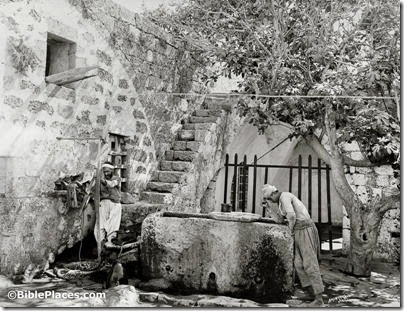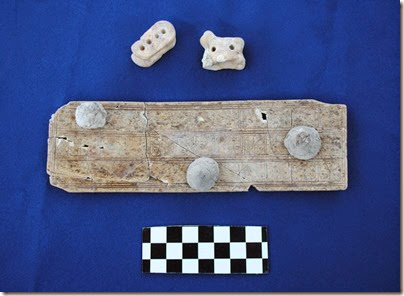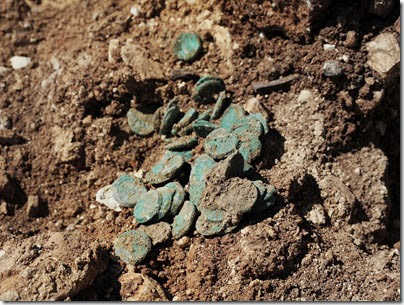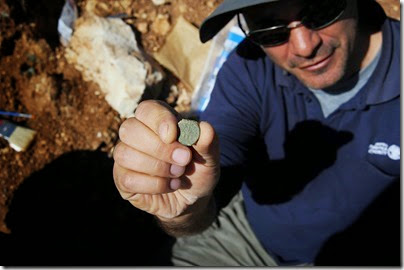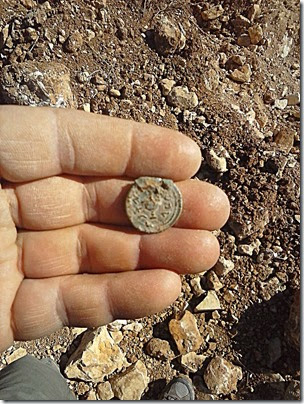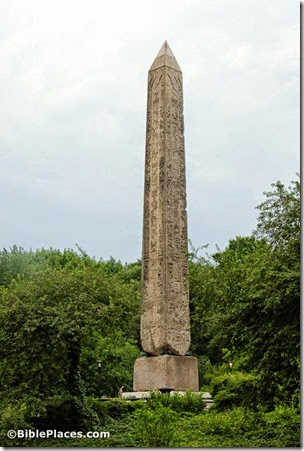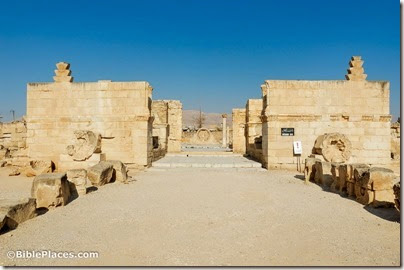SourceFlix has a new video with fly-overs of nine important biblical sites.
A Nebuchadnezzar Cylinder recently sold for $605,000. (That’s an interesting number given that Nebuchadnezzar came to the throne in 605 BC.)
BibleX shares a report from the 1880s of a visit inside the traditional house of Simon the Tanner.
Robert Mullins is on The Book and the Spade this week discussing the recent season of excavations at Abel Beth Maacah.
That recently discovered Iron Age gate at Lachish is neither a gate nor is it from the Iron Age. Luke Chandler explains.
Ferrell Jenkins explains the importance of the Tenth Roman Legion in Jerusalem, and he follows it up with a number of photographs.
Five haredim were arrested this week for attempting to block entrance to an excavation site near the Old City.
IAA Director General Yehoshua (Shuka) Dorfman died on July 31 after a long illness.
HT: Ted Weis
Photo from Northern Palestine
